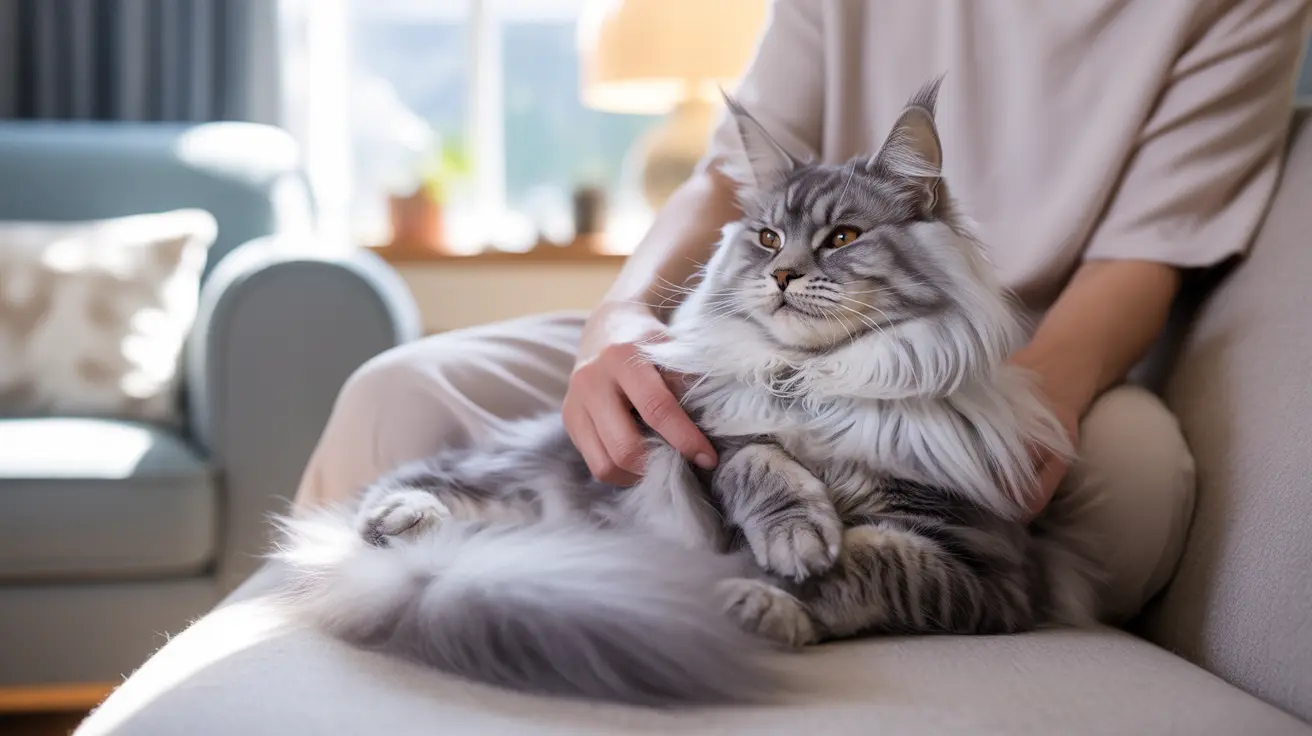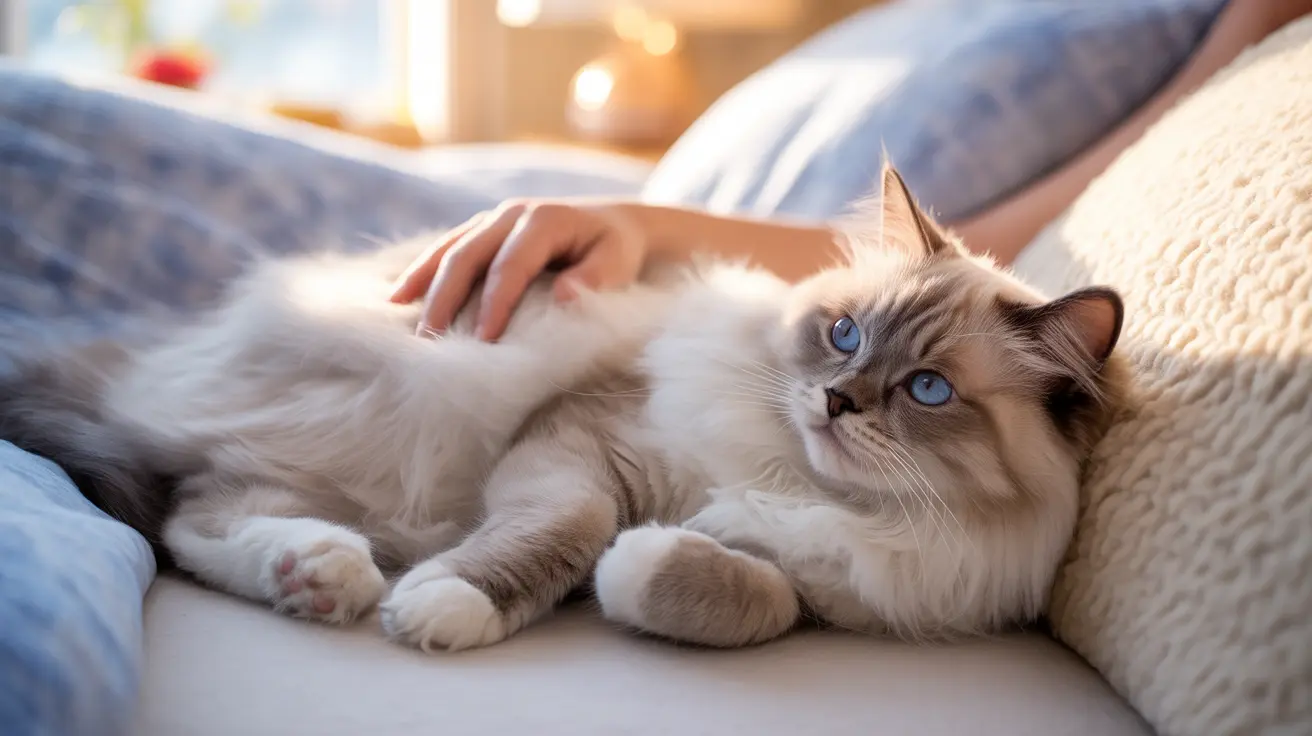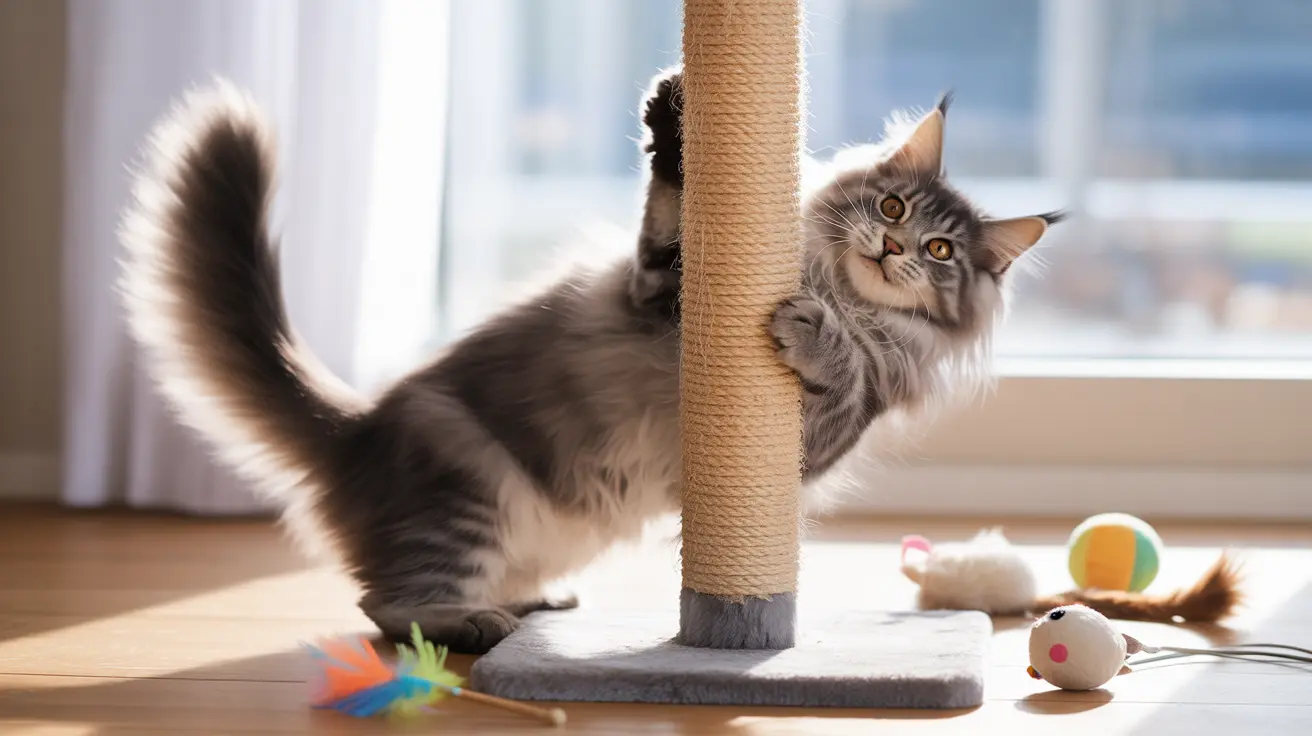Physical Characteristics and Appearance
Short-haired cats typically feature a sleek coat that lies close to their body, rarely extending beyond an inch in length. This gives them a streamlined appearance and helps highlight their muscular structure. Their fur tends to have a smooth, glossy appearance that's particularly striking in solid-colored cats.
Long-haired cats, conversely, sport luxurious coats that can grow several inches long. They often feature distinctive ruffs around their neck, fluffy pantaloons on their legs, and gloriously plumed tails. Their fur can vary in texture from silky to cotton-like, depending on the breed.
Grooming Requirements and Maintenance
The most significant difference between these two coat types lies in their grooming needs. Short-haired cats are relatively low-maintenance, typically requiring just weekly brushing to remove loose fur and distribute natural oils throughout their coat.
Long-haired cats demand considerably more attention to their grooming routine. Daily brushing is often necessary to prevent matting and tangling, particularly in areas prone to knots like behind the ears and under the legs. Professional grooming may also be required periodically, especially for cats with particularly thick or fine fur.
Impact on Home Cleanliness
Both coat types shed, but the visibility and management of shed fur differ significantly. Short-haired cats' shed fur tends to be less noticeable but can still accumulate on surfaces. Their shorter hairs are often easier to vacuum and clean up.
Long-haired cats' shed fur is more visible and tends to form tumbleweed-like balls that can roll across floors. Their fur is more likely to weave itself into fabrics and may require special cleaning tools or more frequent housekeeping.
Health and Environmental Considerations
Long-haired cats are more prone to hairballs due to the volume of fur they ingest during grooming. They may also struggle more in hot weather, though their coat can provide excellent insulation during cold months.
Short-haired cats generally have fewer issues with hairballs and adapt more easily to varied temperatures. However, they may need additional warmth in cold climates, especially if they spend time outdoors.
Frequently Asked Questions
How often do I need to groom a long-haired cat compared to a short-haired cat?
Long-haired cats need daily to every-other-day grooming, while short-haired cats typically only require brushing once or twice a week. Professional grooming may be necessary every few months for long-haired cats, whereas short-haired cats rarely need professional services.
Do long-haired cats shed more than short-haired cats, and how does that affect my home?
Both types shed similarly, but long-haired cats' fur is more visible and tends to form larger clumps. This means more noticeable fur around your home and potentially more frequent cleaning requirements.
Are short-haired cats better for people with allergies than long-haired cats?
Generally, short-haired cats may be slightly better for allergy sufferers as they have less fur to trap and spread dander. However, allergic reactions are primarily caused by a protein in cat saliva and skin cells, not the fur itself.
Does coat length influence a cat's personality or behavior?
No, coat length does not determine personality or behavior. These traits are influenced by breed, genetics, socialization, and individual temperament rather than fur length.
Which type of cat coat is better suited for hot versus cold climates?
Short-haired cats typically manage better in hot climates, while long-haired cats have natural insulation that helps them in colder weather. However, indoor cats of either coat type can adapt well to any climate with proper environmental control.
Whether you choose a long-haired or short-haired cat, remember that both types can make wonderful companions. The key is to honestly assess your lifestyle, grooming commitment level, and home environment to make the choice that best suits your situation.






